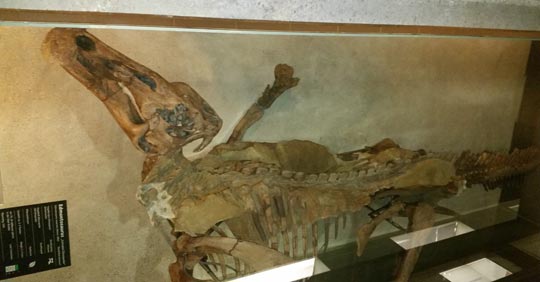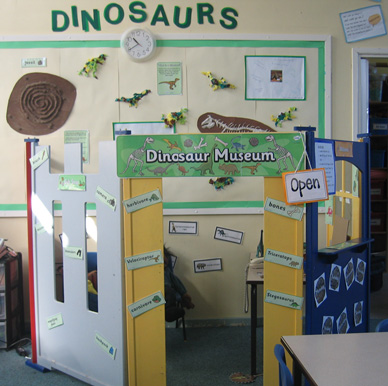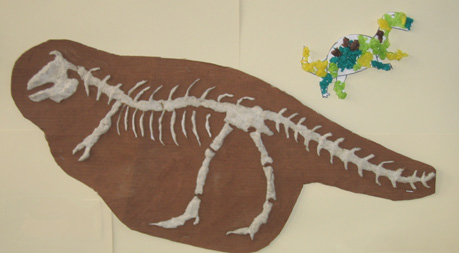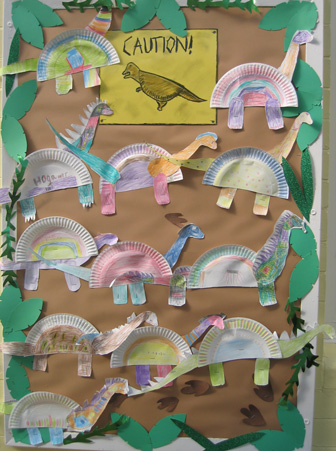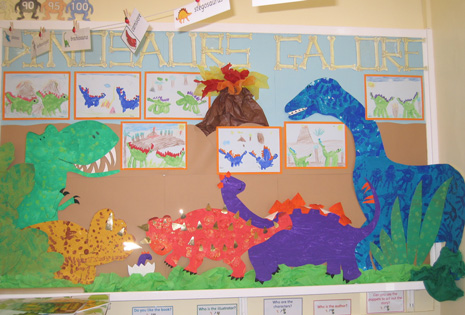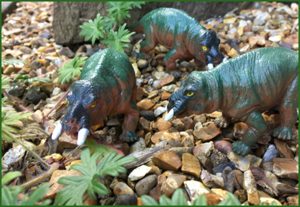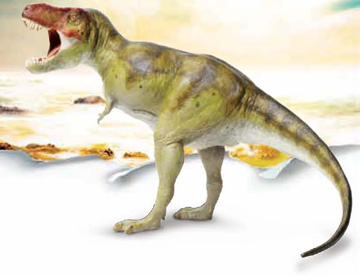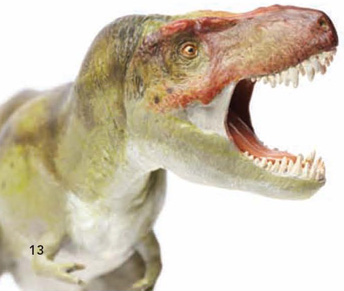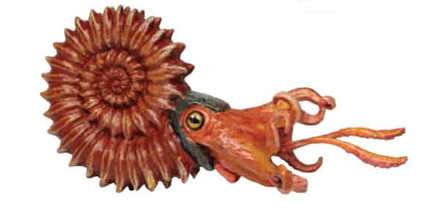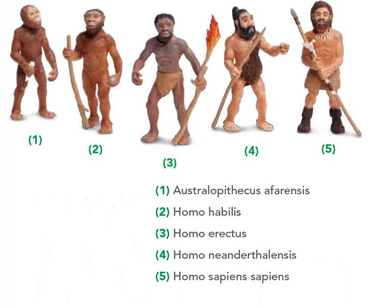Salt Lake in northwestern Iran Mirrors Permian Environmental Crisis
Observations made as environments change today can sometimes provide scientists with valuable insights when it comes to studying the fossils of extinct creatures. Studies into the way climate change affects animals and plants can provide researchers with helpful information when it comes to interpreting fossil evidence. One such example of this concerns comparisons being made by scientists as Lake Urmia in northwestern Iran dries up to the plight of an ancient ecosystem that was to form part of South America.
Lake Urmia
For Iranian biologist Amin Khaleghparast and Dr Graciela Piñeiro (from Uruguay), breeding stress observed amongst Lake Urmia’s Flamingo population might be mirroring stress amongst a population of ancient Parareptiles as their environment changed. Lake Urmia was the third largest salt water lake on Earth, and the largest body of salty water in the entire Middle East. However, over the last fifty years or so the volume of the Lake has been much reduced. Dams constructed across the rivers that feed Lake Urmia, the increasing demand for water for agriculture and the impact of severe droughts have reduced the Lake to a fraction of its former size.
The Flamingos are filter feeders and rely on brine shrimp (Artemia urmiana) as a food source. As the water volume of the Lake is reduced, much of what was formerly open water is changing into a salt marsh. This has led to a reduction in suitable habitat for the Flamingos and a decline in brine shrimp numbers. With the drying up of Lake Urmia the scientists have witnessed a severe decrease in Artemia populations which has had dire consequences for other animals further up the food chain, including the Lake’s Flamingos. Many Flamingos have failed to breed, a number of eggs have been aborted and a substantial number of Flamingo hatchlings have died.
Drawing Parallels with the Permian
The scientists have drawn parallels between these observations and a similar situation that may have affected a population of reptiles, (mesosaurs) in South America some 280 million years ago.
To read a short article on the drying up of Lake Urmia: The Ecological Crisis at Lake Urmia.
Dr Piñeiro and her colleagues produced an academic paper, published in 2012 (International Journal of Paleobiology), that highlighted the discovery of a number of Mesosaurus fossils including amniotic embryos, some of the earliest evidence yet of reptile embryos and possible viviparity (live birth) in the Reptilia Class. Intriguingly, the discovery of an isolated embryo might suggest breeding stress in the population that led to the abandonment of this egg or a possible miscarriage.
Mesosaurs
Mesosaurs such as Mesosaurus were small aquatic reptiles that lived during the Permian. They had elongated jaws lined with very fine, needle-like teeth that would have helped them to strain arthropods such as brine shrimps out of the water in which they lived. These reptiles were perhaps the first group of amniotes to adapt to living in marine habitats. Although mesosaurs are descended from terrestrial reptiles, their long, flexible bodies, paddle-like tails and webbed digits indicate adaptations to a nektonic, marine lifestyle. These reptiles had thickened ribs which palaeontologists believe was an adaptation to help these small animals counteract their own buoyancy and helped them to remain underwater.
Mesosaurus Specimens

Ancient reptiles adapted to marine environments.
Picture credit: Everything Dinosaur
The scale bar in the picture is approximately seventy-five centimetres long.
Permian Reptilian Fauna
Although, these animals were not the most spectacular looking of the Permian reptilian fauna, their fossils, which have been found in Uruguay, Brazil as well as in western Africa helped to reaffirm the theory of continental drift first proposed by the German meteorologist Alfred Wegener. Wegener observed that the coastline of west Africa fitted neatly into that of South America’s east coast, even though the Atlantic Ocean separated these two landmasses. He proposed that some time in the past these two continents had been joined together. His observations were supported by fossil evidence of creatures such as the mesosaurs which have been found in rocks on now widely separated continents. Mesosaurs were unlikely to be capable of crossing such vast bodies of water as today’s oceans, so such fossils supported the idea that some time back in ancient history South America and Africa were joined together. Such evidence helped to establish the theory of plate tectonics (continental drift).
The Fossil Record Provides Supporting Evidence for Plate Tectonics
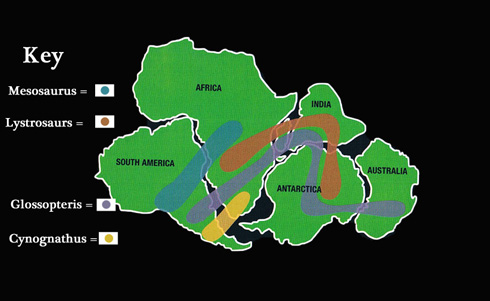
Fossils support evidence of plate movements.
Plate Tectonics
The diagram above shows where fossils of Mesosaurus, lystrosaurs (a terrestrial dicynodont), Cynognathus (a terrestrial cynodont) and Glossopteris (a pteridosperm [seed fern]) have been found. These discoveries provide supporting evidence for the theory of these disparate land masses once being joined into a super-continent.
In the Carboniferous, a group of terrestrial animals evolved that would eventually dominate vertebrate life on our planet. These were the amniotes a group that includes mammals, birds and reptiles today. The early amniotes evolved a unique way of protecting embryos inside their eggs. Amniotic eggs have a semi-permeable shell that protects the egg from drying out. An internal membrane known as the amnion surrounds the yolk and the embryo, this effectively means that the free-swimming larval stage seen in the Amphibia could be dispensed with. Later synapsid amniotes evolved the ability to retain embryos internally thus affording the embryo greater protection (as seen in extremis in marsupial and placental mammals today).
Amin Khaleghparast and Dr Graciela Piñeiro postulate a relationship between an ancient salt lake in Pangea and Lake Urmia:
“There is it some similarity between intense evaporation of the ancient Great Salt Lake where Mesosaurus lived and conditions that lead to the drying Lake Urmia, a great salt lake in northwestern Iran, turning large part of it into a salt marsh in last decade. Like Flamingos filter-feed on brine shrimp (Artemia urmiana) in the salt lake, Mesosaurus filter-fed on an extinct group of crustaceans (Pygocephalomorpha) in waters poorly oxygenated and highly saline during the Early Permian. With the drying Lake Urmia,unfortunately, we witnessed severe decrease of Artemia, Flamingos’ abortion, death of many Flamingo young and at last Flamingo migration.”
Mesosaur Fossil Discovery
The discovery of an isolated fossilised embryo could demonstrate that the population of mesosaurs was under environmental pressure as their habitat changes. According to the scientists this fossil could represent “either a miscarried embryo or an aborted egg”.
The bodies of the animals perished in hypersaline conditions, the degree of preservation is exceptional. This can be explained by the fact that hypersaline states are associated with very low concentrations of oxygen which in turn creates an environment in which bacteria, responsible for the decomposition of organic matter cannot act. These amniotic mesosaur embryos provide some of the earliest evidence yet of reproduction biology of vertebrates preserved in the fossil record. In some specimens, the absence of a recognisable eggshell in association with articulated well-preserved embryos within an adult suggest that mesosaurs may have been viviparous or at least that they laid eggs in an advanced state of development.
Mesosaurus Embryo Fossils – Did they Face the Same Fate as Lake Urmia’s Flamingos?

Sharing the same fate as Lake Urmia’s Flamingos?
The picture above shows on the left the fossil of the meosaurus embryo curled up within its amniotic membrane (no egg shell preserved). The middle component shows a stylised tracing of the fossil, with a life-size drawing of the Mesosaurus embryo on the right.
To read more about the South American fossil discoveries: Early Evidence of Viviparity from South America.
Everything Dinosaur acknowledges the help of Amin Khaleghparast in the compilation of this article and for pointing out the relationship between Lake Urmia and the drying up of shallow seas in the Carboniferous.
